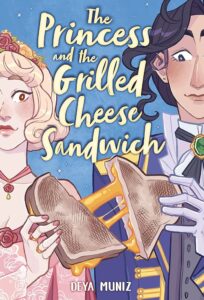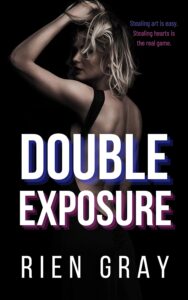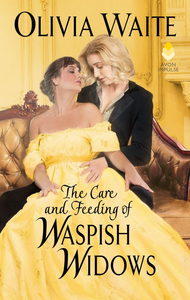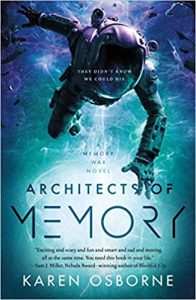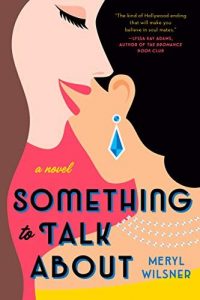Buy this from Bookshop.org to support local bookstores and the Lesbrary!
Note: Though plot spoilers are restricted to the very end of the review, this review discusses some themes and character arcs in the latter part of the book.
As the first snow falls in my region, it’s a perfect time for a cozy graphic novel with grilled cheese oozing on the cover. Despite some quibbles, I had a great time with The Princess and the Grilled Cheese Sandwich by Deya Muniz, a lighthearted young adult romance inspired by the author’s own love story.
In the kingdom of Fromage, Lady Camembert can’t legally inherit her father’s fortune without marrying a man. Aware that she isn’t into men, her father suggests she move away and pretend to be his son. After his death, she follows his advice. She brings only one servant, Feta, who has been with her since birth. While taking on a masculine persona is no problem for the dashing, gregarious Cam, discretion proves a greater challenge, as she immediately makes waves at the princess’s no-furs ball. Cam has always been a fan of Princess Brie’s activism and develops a crush on her, causing no end of frustration for Feta, who knows Cam could be arrested if her secret gets out.
If the naming scheme isn’t making it clear, this is a story more interested in a fun time than a realistic time. If you want to be swept away in an earnest fairy tale of a royal romance, be assured that this one doesn’t take itself too seriously. The expressive art style was what personally sold me on it and gave me the most giggles. Cam especially is a bundle of charm thanks to her mannerisms, ranging from debonair to excitable to flustered. The pages’ compositions effectively conveyed the story, with clarity, good flow, and emotional impact. Plus, Brie’s puppy is top-tier precious.
Despite the title, this book is less focused on food (if anything, the main characters are into fashion, which Cam nerds out over adorably) and more on whether it’s worth giving up true happiness to take a path focused only on avoiding pain. As is pointed out later in the book, many people don’t have the luxury of trying to actively pursue a good option in life and must instead choose the least undesirable path. Being a princess gives Brie more freedom to break boundaries and set a new standard, despite the societal limitations around gender and sexuality—yet even as an activist, she balks at the idea of upending the status quo. Meanwhile, from the start, Cam rejects the “safe” path of marrying a man, but then has to choose between the safety of living a secretive life versus pursuing a chance at love.
Without spoilers, I’ll just say I didn’t personally enjoy how the midpoint turn played out or where it left the status quo of the main characters’ relationship for a portion of the book. I would have preferred a direction that allowed for more interaction between the main couple in the book’s second half. I also wished that Brie’s best friend, Ricotta, got to shine more as an individual. Her design and personality were fun, so I would have liked her to get a bit more depth outside of her support of the main couple, and for her to be more in the loop in the end. In contrast, I thought that the other main supporting cast members, Gorgonzola and Feta, had satisfying character arcs, as some of the most memorable moments involved them changing their approaches to the central conflict and theme.
Everything else aside, I couldn’t stop grinning at Cam’s reactions from panel to panel, and I’m glad I read this. Order this book up if you like your romance with an extra helping of cheese.
The following content note contains spoilers:
This book contains an instance of a character guessing her love interest’s assigned gender due to a visual cue and then reacting negatively, which may be triggering for trans readers. As implied in the summary, the book also contains parental death and discussions of structural sexism and heteronormativity.

